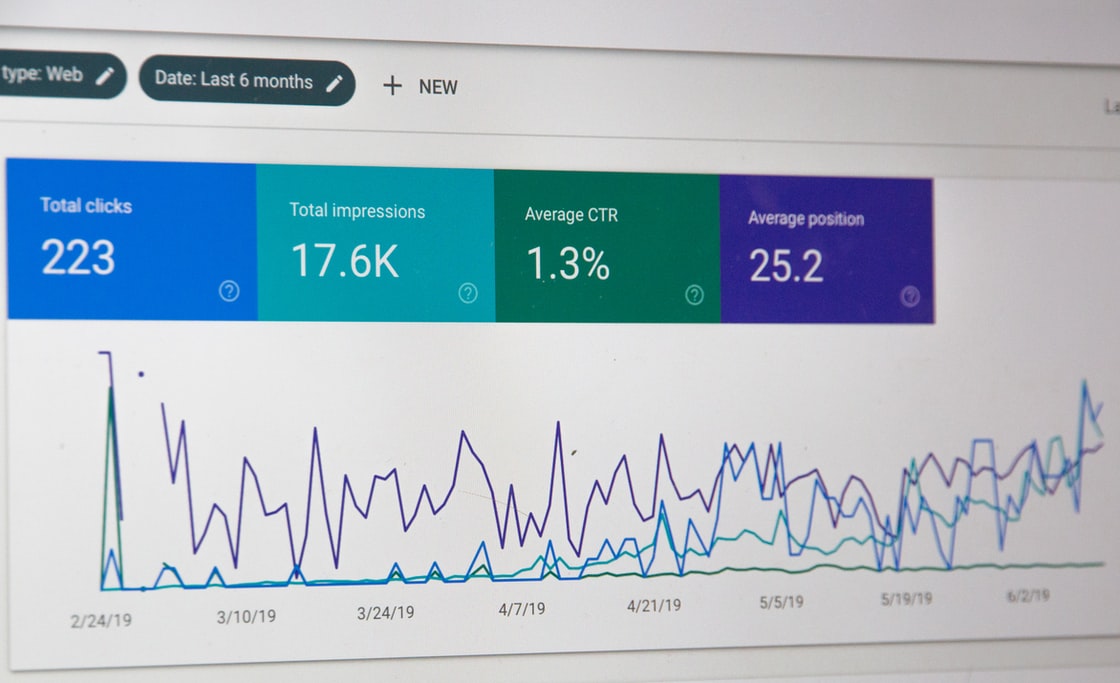What does a post-Covid world look like? None of us know just yet, but it’s estimated that the international tourism economy will see a 60-80% decline, meaning technology and innovation will most likely be key factors in our slow yet steady collective recovery.
New considerations will be needed across all of your hotel’s touchpoints in order to come up with ways of making guests feel more comfortable, and also to make their stays as easy and hassle free as they can be. Policies in place that make it possible for them to social distance, better in-room dining options, even in-room wellness amenities!
A few weeks ago, we gathered a number of our technology partners together for a virtual event, Accelerate, during which we chatted about the hotel tech stack, and ways to utilise this to increase your direct bookings. It’s a necessity for your technology stack to work well together as seamlessly as possible in order to make things simple for your guests – and you! Think upselling, personalised email marketing and more.
This week, eCommerce Manager and digital whiz Sara Antoszewicz explored the relationship between technology and driving revenue for hotels a little more practically by looking at things you can start doing now to get ahead.
Take advantage of the tools you have at your disposal
What technology are you using already? Are you using it to the best of its ability? In a post-Covid world, your tech should play a vital role in helping your hotel fight negative aspects of the pandemic and what it’s cost the hospitality industry in terms of travel and trust in your property. This is a time you can approach positively by looking at your strategy with fresh eyes and figuring out how to put even more of a commercial focus on gaining direct bookings. OTAs and chain hotels have huge budgets, but that doesn’t mean independent hotels can’t compete. If you’re using your technology correctly, it’s the first step.
Your booking engine
Pre-stay emails
- Send your guests a pre-stay email to connect with them prior to their stay
- As part of this booking confirmation email, let them know all the safety procedures you have in place, activities that are available during their stay, information on in-room dining options – let them know everything they need to know!
- Your pre-stay email also helps to reduce no-shows and last minute cancellations
Cancellation emails
- Consider setting up a discount code to send as part of your cancellation email to try and encourage future bookings
- This helps you build a relationship with your guests
No availability message
- Make sure all the content on your website and booking engine is up to date – a busy job at the moment with things changing so rapidly. Be clear about your reopening date if you have decided to remain closed
Connectivity
- If you’re using Net Affinity’s booking engine, you can share rates, availability and critical information from your PMS and Channel Manager to a wide variety of distribution channels, including direct website booking engines, OTAs, GDS. Take a look at the full list of our integrations
Secure online payments
- This is an important one. More than ever, you need a booking engine that you and your guests feel fully confident in when it comes to payment security. Our own payment process is fully PCI compliant. We also provide direct payment gateway integration to Global Payments, Stripe, Adyen and Ingenico
Your website
- We’ve talked about this a lot recently, but it’s so important to keep your website up to date with everything that will satisfy your guests’ curiosity when it comes to what’s available during their stay, all the offers available to them well into next year, your safety policy and procedures and all your USPs
- Use your pop up messages and action bars smartly
- Keep creating landing pages for your content – your safety/cleanliness policy should have one. So should each of your offers. Have you introduced new activities or in-room features since Covid began? Give them a landing page, let people know clearly what you have to offer when they come and stay
- Your ‘Things to do’ page has arguably never been so important – if you don’t have one, create one. Have you partnered with local attractions to offer discounts? Consider doing so if you haven’t
- Don’t just copy and paste the Stay and Spend guidelines onto a plain landing page… try and make the language a little friendlier and reassure guests that you’re there to help them on this, whatever they may need (guests may look for clarification on your involvement in the scheme)
Leveraging data
Google Analytics
Google Analytics is your goldmine. The information that can be sourced from it is invaluable, easy to access, and it’s completely free. Here’s a little rundown on how to find what you’re looking for.

Step 1: Who’s your customer?
Check out the age range and gender of your website visitors in order to tailor your packages specifically to their needs. Are most of your guests over 55? Double check your Google Analytics, because maybe it turns out that the people actually booking stays are much younger (maybe they’re the children of your guests, booking a getaway for their parents). You can refine your marketing strategy once you know this information for sure.
Where are they?
When you know where your bookers are based, you can make smarter decisions as you allocate your marketing budgets. You can also highlight USPs that might be more relevant to specific regions, so for example, the driving distance (“Only 1 hour from Dublin!”).
Step 2: What device are they accessing your website on?
Our latest device trends report shows mobile traffic share at 75%. There’s no doubt whatsoever that mobile is a growing beast, and it will only continue its growth. This is why we harp on consistently about ensuring your website is designed for mobile first. It’s not new information, but it gets arguably more important everyday.
Having said that, you need to check your Google Analytics to see what your own stats are. Desktop might not be growing like mobile, but it’s not dead yet!
If you find you might be losing mobile conversions and you think you need a website audit, get in touch. We are here to help and we’ve got the resources to do just that!
Step 3: How do they find you?
There are many questions you will need Google Analytics to answer for you, for example: is the proportion between all of your digital marketing channels healthy? Are your social media campaigns driving traffic to your website? Are your remarketing display campaigns pulling in users who have already visited your website but haven’t booked yet? Leverage the platform for all it’s worth.

Step 4: How do users behave on your website?
Ask yourself two questions:
- Which of your pages are the most popular?
- How much time do users spend on these pages?
If you notice someone spends too much time on your ‘offers’ page but yet they take no action, this may mean there are too many offers and it confuses them, driving them to leave the page altogether. However, if you see the average time spent on your ‘gallery’ page for example is particularly long, that’s great. It shows users are interested in checking out your beautiful property.
Keep an eye on your bounce rate. Ideally, it should be between 20-40% (and it’s usually higher on mobile).
Step 5: What are they booking?
Regardless of who your provider is, check your booking engine reports very carefully to monitor which of your offers are doing the best and driving you the most revenue.
Want more advice? Sign up to our blog today.




